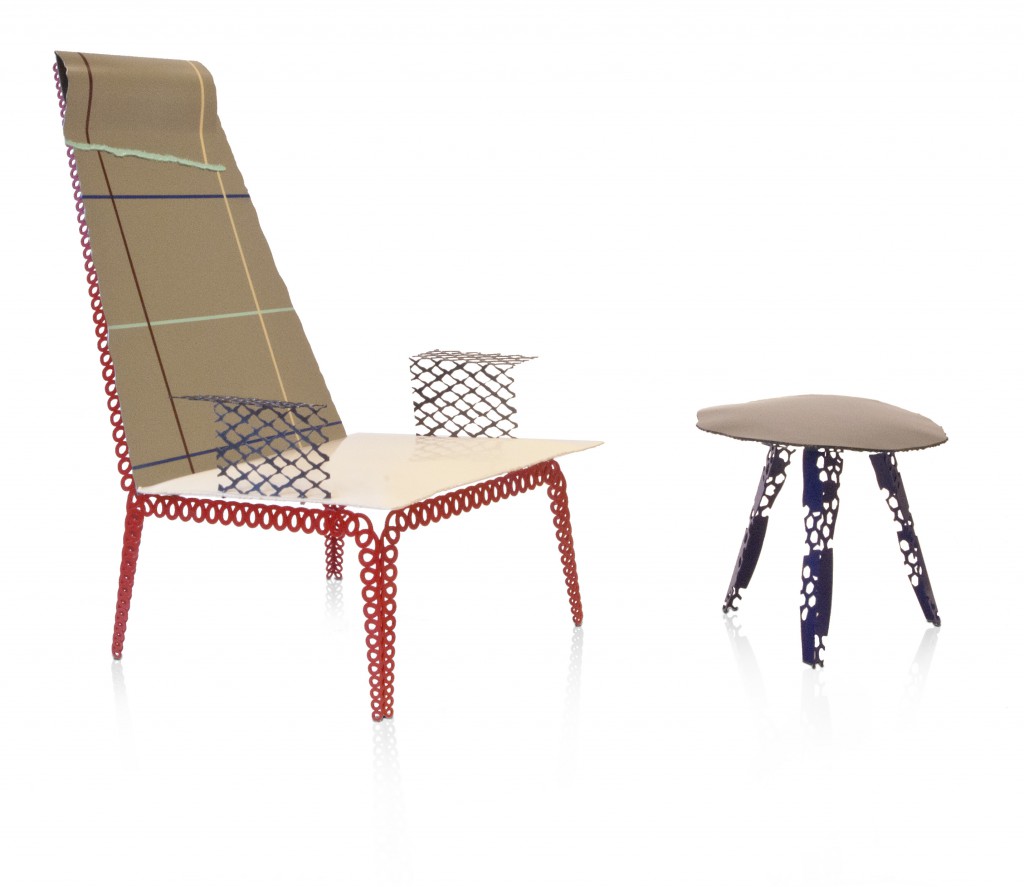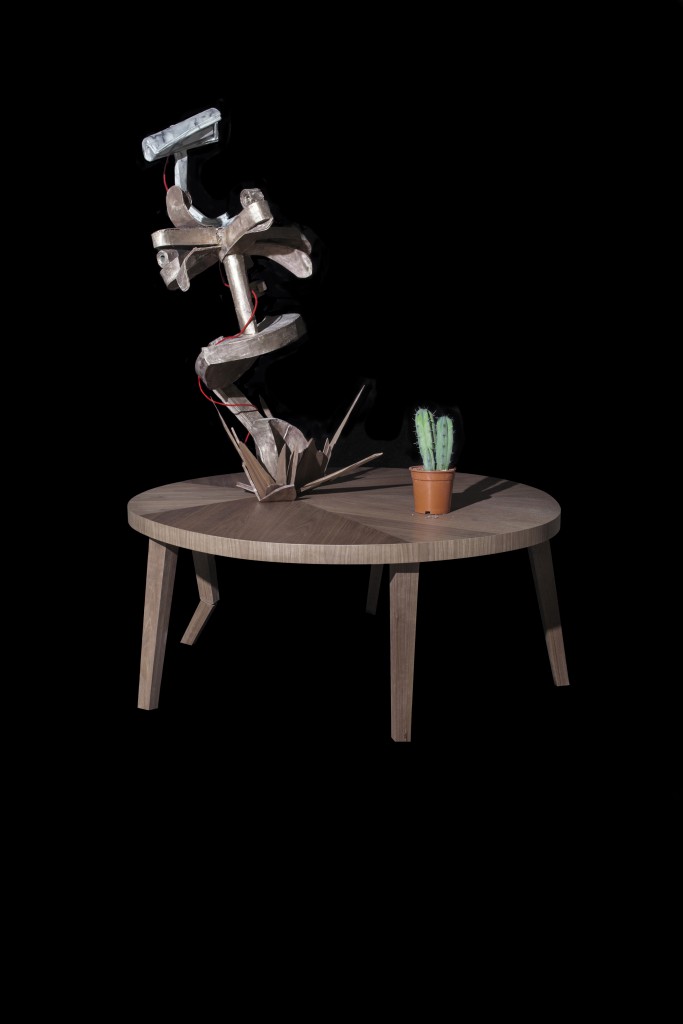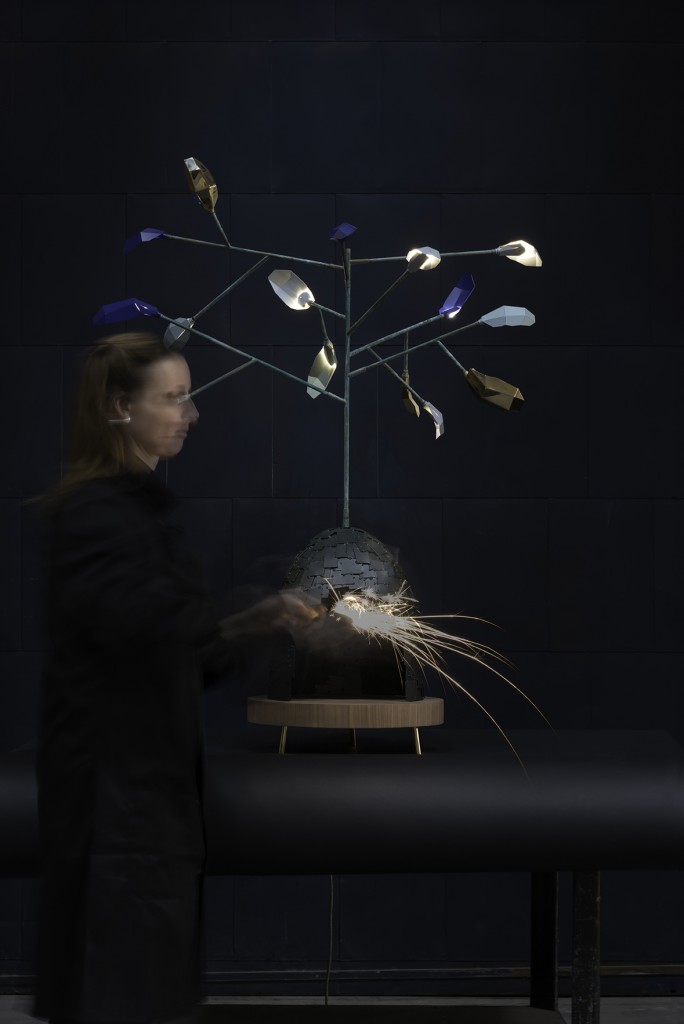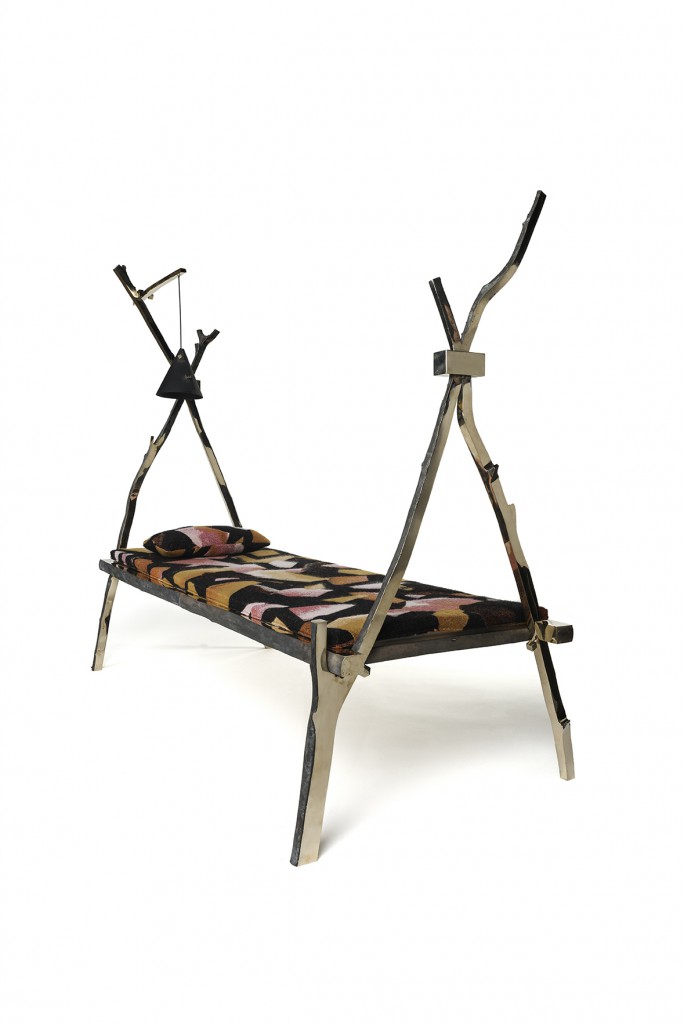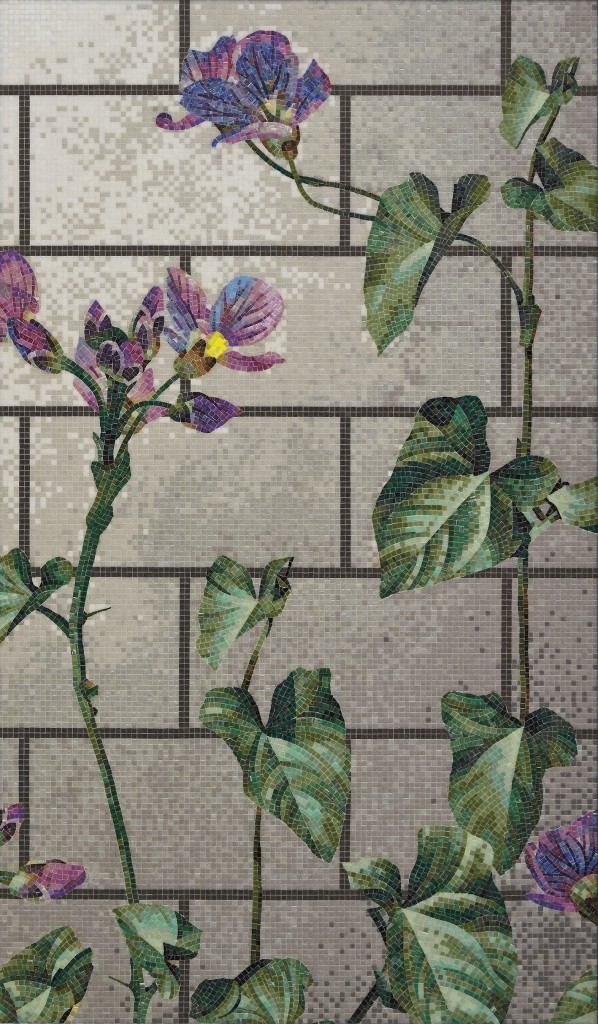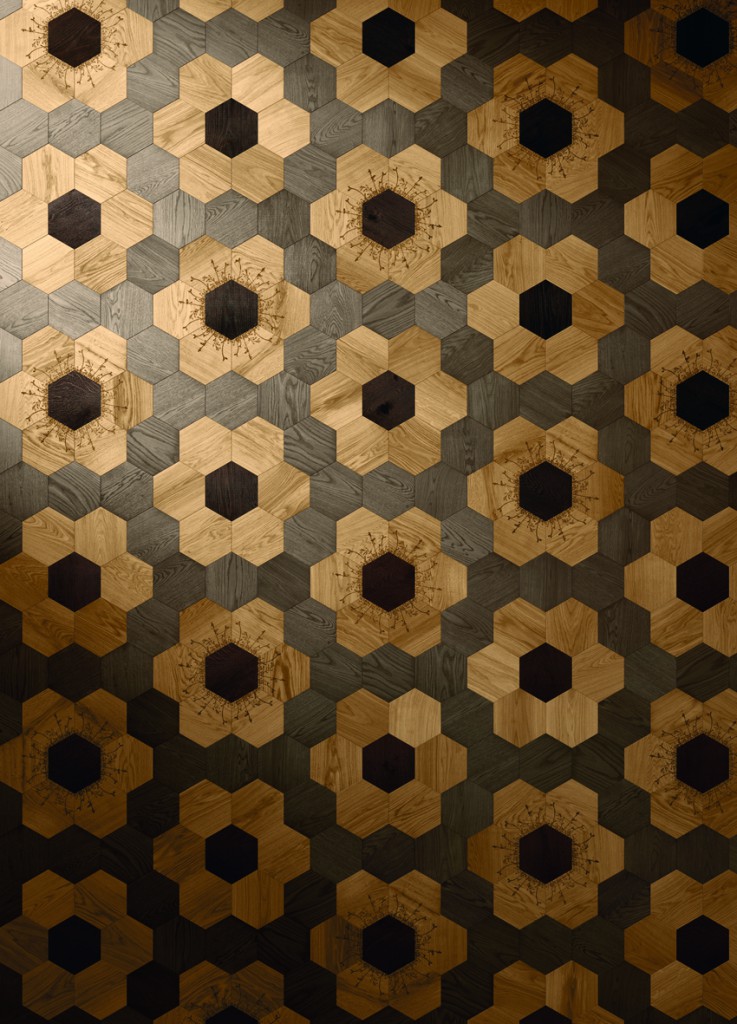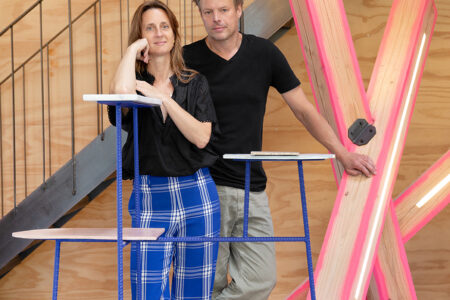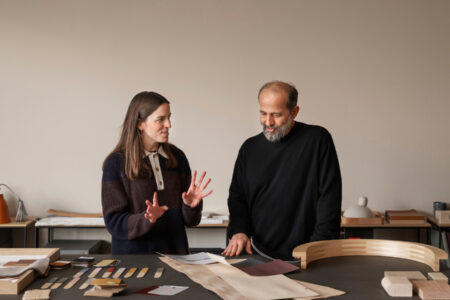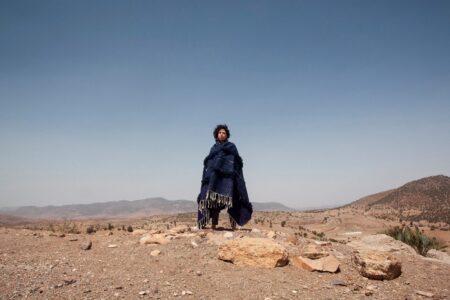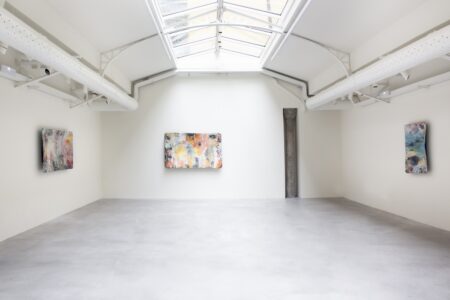Kiki van Eijk: Free Spirit
It is no wonder that one of Kiki van Eijk’s favourite sayings is: feet on the ground, head in the beautiful (Dutch) clouds. Her career has been extremely successful ever since she graduated with honours from Design Academy Eindhoven in 2000 with her now iconic Kiki Carpet. She has collaborated with leading manufacturers such as Moooi and Bernhardt Design and galleries including Nilufar, on top of her own independent projects. Kiki van Eijk maintains a sense of wonder and curiosity throughout her work. Experimentation and daydreaming are part of her process. Whether mastering ceramics to create a soft-looking collection or using the latest metal-cutting technologies to fashion furniture pieces that resemble textiles, Kiki likes to push the boundaries and have fun while doing it. Her intuitive approach to materials and her natural tinkering instincts infuse her work with a sense of honesty as well as a playful element of surprise.
TLmagazine: It seems like the Dutch landscape and Dutch history are important influences for you. How do the place where you work and your surroundings affect your work? What is the impact of working in a creative community like Eindhoven?
Kiki van Eijk: The Dutch have always had to be creative in terms of developing businesses and starting their own initiatives. That is definitely in my blood and shapes my work. However, my surroundings influence me as well. I live on a protected piece of land that brings me peace and allows me to reflect deeply on things. That is one of the biggest luxuries in my life. At the same time, I am only a 15-minute bike ride from the centre of Eindhoven where I can feel the buzz of the city and meet with people in the creative community. This combination of absolute calm and urban energy is perfect for me.
TLmag: How do you see your role as a designer today with regards to the environment? Conversation Piece (2015) seems to confront this issue head on. The piece almost challenges designers to start thinking about their role in the world and in the future.
K.V.E.: As a designer in today’s complex world, I believe that you need to constantly rethink and rediscover your design’s added value. I am convinced that it changes over time. We are facing different issues and phenomena now than we were 70 years ago. I made the Conversation Piece table for an exhibition called London Calling that we organised for Dutch Design Week in 2015. The exhibition drew inspiration from the British punk movement. While doing research for the show, I realised that the British punk band, The Clash, and the Memphis design movement took place at the same time. I also noticed that they shared a similar philosophy of questioning established hierarchies and the structural demands of the system. It is important that we question these structures and that we be honest and authentic in our work.
TLmag: Tell us about the Physical Interaction series. It raises the idea of creatively engaging with nature in order to survive, of re-connecting with the elements and asking users to engage with objects in a new way.
K.V.E.: I appreciate the idea that a physical interaction can force you to encounter and engage with an object in a different way. The user is pushed to think about how the object functions. For example, the act of striking a match or lighting a candle feels different than turning on a light switch. Those acts provoke a greater physical, emotional reaction. For Flint, I wanted to produce a similar feeling. When you have to interact with the lamp to turn it, you really use the object. There is also an underlying connection to physical elements such as fire and wind. The Dutch scientist Serge Offermans did a study in which he repeatedly observed that the greater the effort, the greater the sense of reward.
In addition, this collection involves physics insofar as the technical challenges were great and required detailed research and knowledge. I worked with Offermans to develop the technology that allows Flint to function. It was very challenging from a technical standpoint, all appearances to the contrary. This collection triggers a few specific reactions. At first, when people see how the piece works, they respond in an excited, childlike way. Then, as they think about it and use it, they discover another side to the piece, the technology.
TLmag: How do you navigate between the handcrafted and high-tech sides of your work? Both of them play an essential role.
K.V.E.: When I follow my gut feeling, my intuition, that creates a natural balance. My intuition always leads me in the right direction. I am highly analytical and highly intuitive at the same time. The two can go together in a perfectly harmonious fashion. People often say that they are analytical or intuitive but I know the two can work hand in hand. I also enjoy interactions between the technical and the artistic. Technical design and art do not need to be slick, boring or aesthetically futuristic or clean. Art can subvert technology to look fragile or soft. That is the fun of it.
TLmag: Can you talk about the role of storytelling in your work?
K.V.E.: Storytelling is in my blood. It’s a tool that allows me to deliver a message. Each of my projects tells a story in its own, particular way. Sometimes it’s more abstract and sometimes it is very clear.
TLmag: Do you employ a different approach or process when you design a window display for a large company like Hermès versus when you work on an independent studio project? How do you find a balance, or is there a natural flow between the two?
K.V.E.: Actually, there’s not a big difference. For example, I work closely with Hermès because we share the same values. We have an excellent synergy and mutual respect. They give me a lot of artistic freedom. Above all, they trust me. My best projects come out of wonderful collaborations like that. There’s a very natural flow. My independent work influences my commissioned projects and vice versa.
TLmag: In fact, your collaboration with Hermès seems like the perfect complement to your work in the sense that their windows resemble cabinets of curiosities.
K.V.E.: Yes, it’s about creating a sense of theatre and magic. That childlike wonder and fantasy are part of my work as a designer. They are also an integral part of my creative process when I design windows for Hermès.
TLmag: It isn’t easy for professional designers to maintain a free spirit and imagination given the external demands and pressures of the profession. Yet you seem to have held onto these qualities in your creative process. You let your ideas run free, you’re not afraid to experiment and most importantly, you create in a spirit of fun and playfulness. How do you keep that going? Is experimentation an important part of your process?
K.V.E.: That is definitely true. Experimentation is important for me. However, I also have a secret trick: one day a week, I work from home. There, I’m free from clients and the studio team. I make no appointments that day. If I feel like it, I’ll let myself go on a walk in the forest for a few hours. On that day, I reflect on past and future works. This is an essential part of my design process and quality.
TLmag: What is your favourite time of the day to be in the studio?
K.V.E.: I enjoy the morning when my mind is still fresh and free.
TLmag: What are some of your upcoming projects and collections?
K.V.E.: During Dutch Design Week in October, Joost and I will show the Physical Interaction collection at the studio, including the large tent that Nilufar installed for the Basel exhibition. We wanted to share this collaboration and unique presentation with more people. I am also launching two new collections with Bisazza this fall. One is a wood parquet floor tile project. The other is a large wall mosaic inspired by the weeds outside my studio and the tiny flowers and stems that pop up between the cracks of the bricks and tiles.
